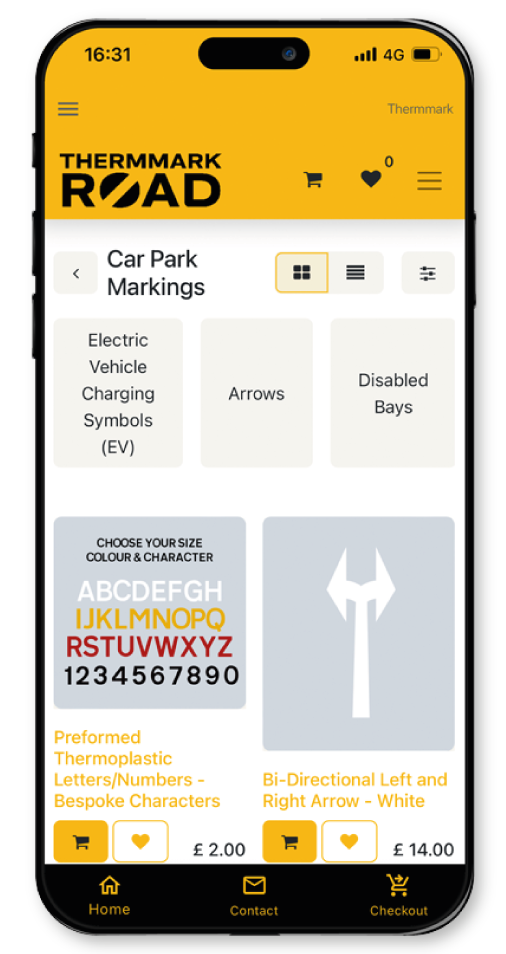Introduction
Road markings are essential for traffic management and safety, guiding drivers and pedestrians on the correct path. Among the various types of road marking materials, thermoplastic road markings stand out for their durability and effectiveness. This guide provides an overview of what thermoplastic road markings are, how they work, and why they are widely used.
What Are Thermoplastic Road Markings?
Thermoplastic road markings are a type of durable road and pavement marking made from a mixture of binder, glass beads, pigments, and fillers.
How They Work
Thermoplastic markings are applied by placing the material in the desired location and heating with a gas torch until it melts, usually to a temperature of around 160-180°C.
As it cools, the material hardens and bonds with the pavement, creating a durable and reflective marking that is resistant to wear and tear from traffic and weather conditions.
Glass beads are often added to the surface of the hot thermoplastic to enhance reflectivity.
Common Uses
Thermoplastic road markings are versatile and can be used for various types of road markings, including:
- Lines: Lane dividers, edge lines, and centre lines. See more.
- Arrows and Symbols: Directional arrows, pedestrian symbols, and bicycle lane markings. Browse symbols and arrows.
- Crossings: High-visibility pedestrian crossings.
- Car Parks: Marking parking spaces and other guiding lines.
Benefits
Thermoplastic road markings offer several advantages over other types of road markings:
- Durability and Longevity: They are highly resistant to harsh weather conditions and traffic wear, often lasting several years before needing replacement, and up to eight times longer than paint.
- Reflectivity and Visibility: The incorporation of glass beads ensures high visibility at night and in adverse weather conditions, enhancing road safety.
- Quick Application: Thermoplastic markings cool and harden rapidly, minimising the time needed for road closures during application.
- Environmental Impact: Thermoplastic markings generally have a lower environmental footprint compared to some alternatives due to their longevity and reduced need for frequent reapplications.
Conclusion
Thermoplastic road markings are a crucial element of modern road safety infrastructure, offering durability, high visibility, and cost-effectiveness.
Whether you are a traffic engineer, urban planner, or simply curious about road safety, understanding the benefits and applications of thermoplastic road markings can help you appreciate their role in creating safer roads.
Looking for the Simplest Way to Buy Road Markings?

The Thermmark App is now available!
View previous and current orders, quickly order products, and talk to our customer service team all in the app.